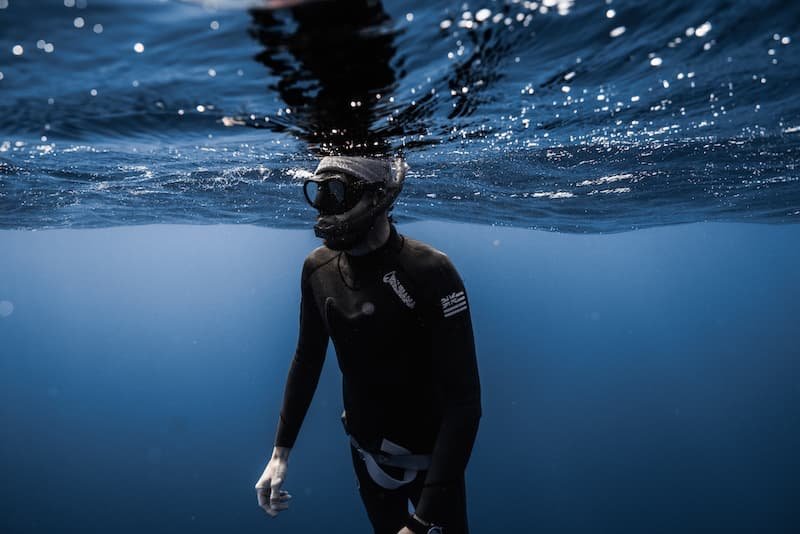
 Nick Pelios
Freediver, Creator
Nick Pelios
Freediver, Creator

 Nick Pelios
Freediver, Creator
Nick Pelios
Freediver, Creator
In Episode 9 of the Alchemy Podcast, Dr. Juani Valdivia, a renowned neurosurgeon and freediver, shared invaluable insights on performing a quick and effective neurological exam on a diver. He emphasized the importance of immediate observation and examination to identify neurological changes in a diver upon surfacing. According to Dr. Valdivia, relying on cumbersome cheat sheets is impractical. Instead, divers can use a simple method he developed, which has been submitted to and used by AIDA. This method, known by the acronym MFSCO2, can be remembered and applied by anyone, even those without medical training.
Dr. Valdivia highlighted that one must not be a neurologist, neurosurgeon, or healthcare professional to perform this exam. The key is knowing what to look for and being able to act quickly. The MFSCO2 acronym stands for:
1. Mask
2. Fins
3. Snorkel
4. CO2
These terms are familiar to all freedivers, making the method easy to remember and apply. Here is how to use MFSCO2 for a quick neurological exam:
M (Memory and Motor Control) - Ask the diver questions such as "Where are you?", "What's your address?", and "Who's your coach?” Ask the diver to perform simple tasks like squeezing hands, flexing biceps, doing a "chicken wing" motion, raising arms, and standing on toes. Look for asymmetry or discrepancies in movements and note them.
F (Fine Motor Skills - Feelings) - Ask the diver to touch their index finger with their thumb rapidly. Observe dexterity and note any difficulties. Gently brush a snorkel against the diver's face, limbs, and torso on both sides. If the diver reports numbness or abnormal sensations, make a note.
S (Speech) - Listen to the diver's speech. Note if they are mumbling, not understanding, or not expressing themselves properly.
CO2 (Coordination, Orientation, Eyes) - Have the diver walk in a straight line. Note if they lose balance. Ask questions about their location, current time, and date to ensure they are oriented to place, time, and person. Check for abnormal eye gaze or unequal pupils. Any irregularities should be noted.

The aim of this exam is not to diagnose specific conditions like arterial gas embolism or decompression sickness (DCS/DCI), but to identify if something is wrong. If abnormalities are found:
Prevent Further Diving: Ensure the diver does not dive again soon.
Monitor Condition: Ask how the diver feels and if their condition is improving or worsening.
Seek Treatment: If the condition is not improving, consider potential DCI and seek immediate recompression treatment.

Dr. Juani Valdivia's quick and simple neurological exam method can significantly improve outcomes for divers experiencing neurological issues. Early recognition and action can mean the difference between full recovery and permanent damage. By being vigilant and prepared, divers can ensure safer experiences. As Dr. Valdivia emphasized, the sooner these signs are recognized and acted upon, the better the outcome for the diver.